All about graceful action

The homeland of graceful action is East Asia, where it grows in almost every garden. She pleases those around her with incredible clusters of tiny snow-white bell flowers. New varieties of this plant can now take root in our harsh climate.
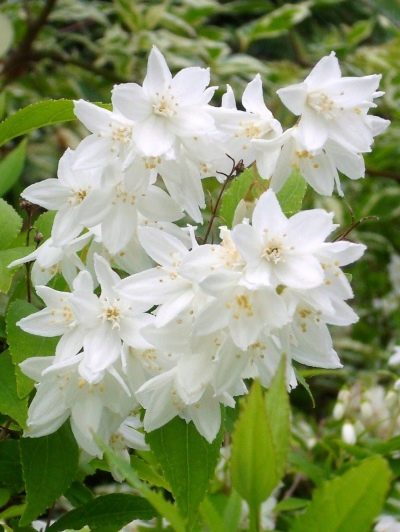
Shrub description
Deutzia gracilis is an evergreen perennial shrub from the Hortensia family. In height, it usually does not exceed 1.5 m. It attracts gardeners with its unusual appearance: a huge number of small white flowers that do not have a pungent odor and are collected in inflorescences. They bloom in May-June and are distinguished by rather long flowering. Deytsia pleases those around with its beauty for about 30-50 years, which is not typical of many shrubs.
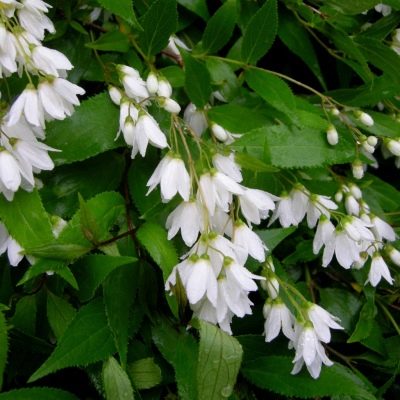
Action is known for its ease of care, it does not need special attention and even if it freezes badly in winter, it will easily recover within one season. Since this plant has a superficial root system, characterized by a large number of thin roots, the action perfectly tolerates transplantation. This is a heat-loving plant, but it is winter hardiness. Deytsia does not like excessively moist and saline soil.
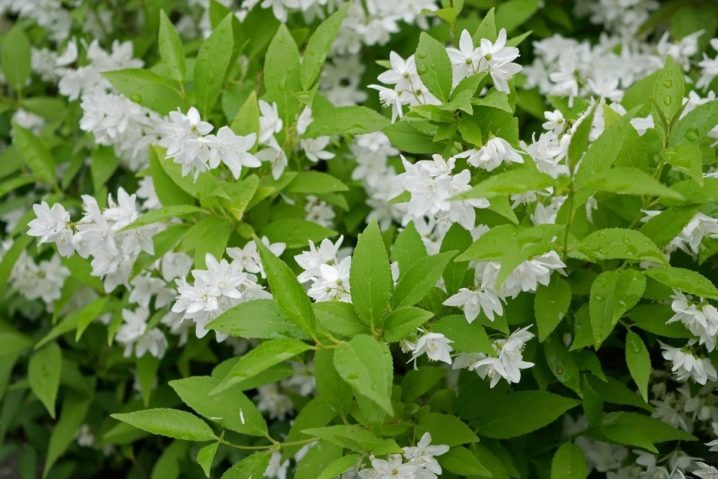
Varieties
There are different types of plants.
- Nikko. Usually reaches 1 m in length and 1 m in width, during flowering it resembles airy cotton candy. By autumn, it acquires a noble burgundy color, perfect for decorating the site.
- Variegata. It does not exceed 1 m in height, and over time it grows in width; when flowering, clusters of pale white bells appear on thin branches. Will serve as a great addition to the garden.
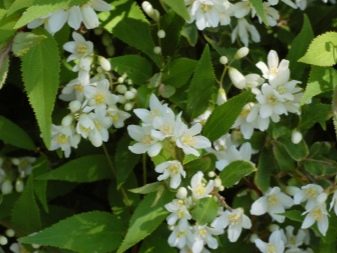
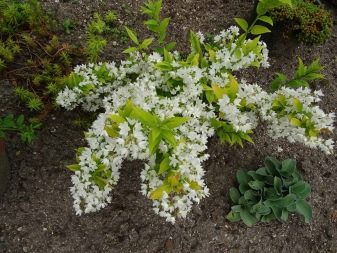
There are also special decorative forms: golden (with yellow leaves) and white marble (with white spots on the leaves).
Planting and leaving
In order for the plant to please the gardener all year round, it is necessary to take into account all the features of this shrub and responsibly approach the choice of soil. Deytsia does not like direct rays of the sun, windy places. It is also necessary to take into account the location of the groundwater: they must be at a depth of at least 2-3 m. It is also important to take into account that the land where the shrub will grow must be cultivated, and the soil must be loose, nutritious, permeable, with a neutral or slightly acidic reaction. If there are no favorable conditions on the site for growing this shrub, then a soil mixture should be prepared.

The dimensions of the pit should be up to 0.5 m in length, width and height. Plants need to be planted in spring, before planting, the seedlings must be stored at a temperature not lower and not higher than 0 ... -2 ° C. When planting, it is imperative to fill the drainage, nutrient soil into the pit and spread the roots of the plant so that it takes root better. After planting, it is important to compact the soil around the shrub and water it.
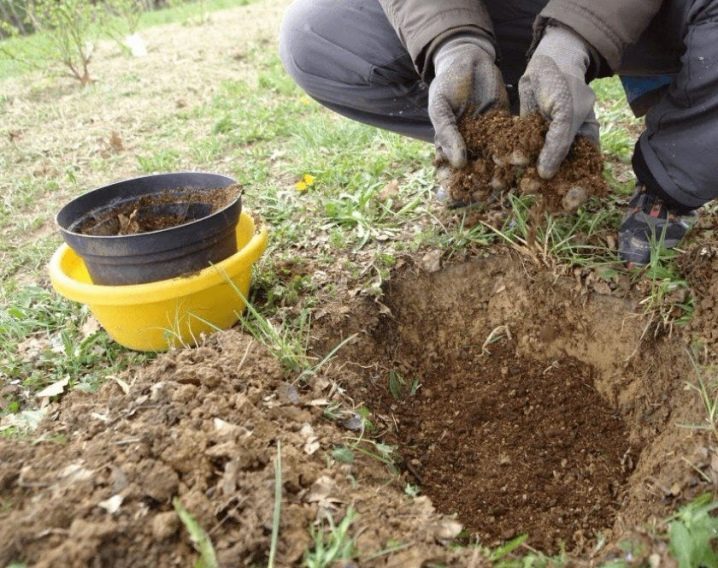
Deytsia is considered a frost-resistant and unpretentious shrub, but in order to see its beauty to the fullest, you must follow certain rules of care.
- Watering. During the hot months and dry season, the plant needs to be watered several times a month, however, on rainy days, watering is necessary only if the top layer of the earth is dry. The shrub takes about 15-20 liters of water.
Also, after each watering, it is necessary to loosen the top layer of the soil so that there is no dense crust, but you do not need to dig too deep, because you can damage the root system.

- Top dressing. Action must be fed 3 times per season.The first top dressing consists in covering the surface layer of the earth with humus in the ratio of half a bucket to 1 bush. The second stage is characterized by liquid fertilizing based on fertilizers rich in minerals and trace elements. Such feeding is carried out before the end of flowering. Before pruning, a third feeding is carried out. It consists in watering the shrub with a solution of cow dung, diluted 1 to 10, a full bucket goes to one plant.
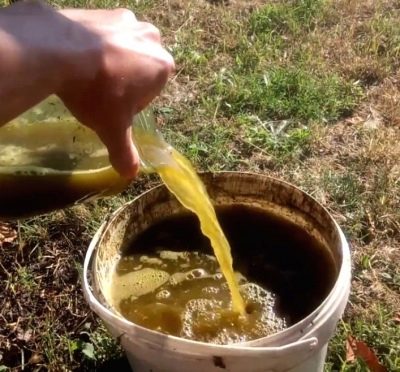
- Pruning. Correct and timely pruning is another important point in plant care. From May to June, shoots that have deteriorated over the winter are cut from the bush. Every year after flowering, it is necessary to carry out anti-aging and cosmetic pruning so that the plant looks neat and well-groomed. Trunks from 4-5 years old are cut under a stump no more than 15 cm high; it is also important to remove dry branches and underdeveloped shoots.
It is necessary to shorten the long young branches so that the shrub does not fill up all the free space and retains a neat, attractive appearance.
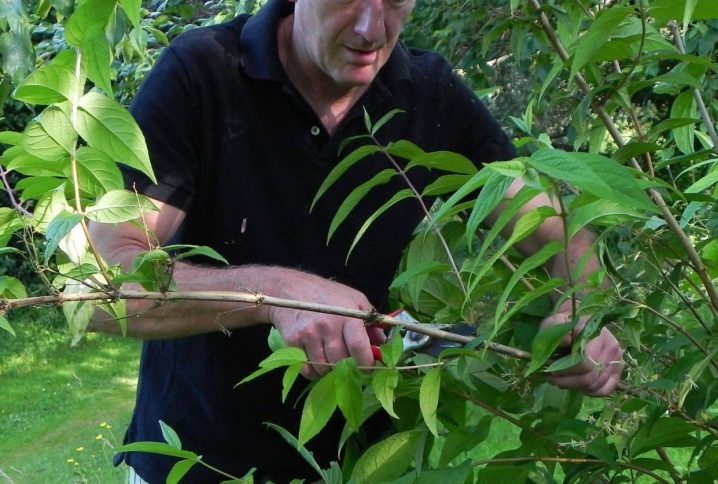
- Preparing for the winter season. To properly prepare the action for winter, gardeners do not water it in August. With the onset of autumn, the ground must be covered with a waterproof material. This is done to protect against excess moisture. Insulation of the bush deserves special attention; it takes place in several stages. The first is to cover the shrub with the arrival of the first night frosts: gently press the branches to the ground and fix them well. Then cover with dry leaves and cover with a special material. The second stage must be performed when the average daily temperature outside reaches 0 ° C. The base of the action is covered with spruce branches, as it traps snow, preventing the plant from freezing. All shelters are removed only when all the snow has melted and it becomes warm outside.
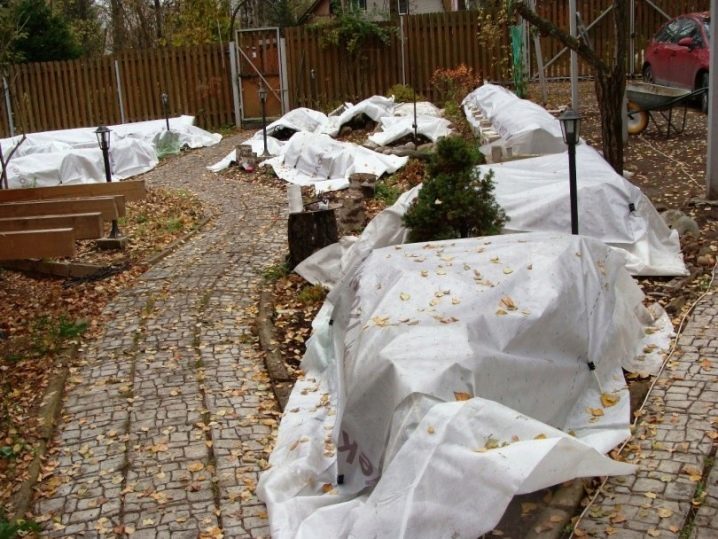
Reproduction
There are several ways.
Green cuttings
This method is considered the most effective and easiest. Ripe green cuttings are usually harvested from mid-June to mid-July. Then, in greenhouses, where the temperature should not be less than 15 °, the cuttings are planted in the ground at an angle. To speed up growth, gardeners use a root stimulant by dusting the cuttings with it. For the same purposes, artificial fog is used. After the shoots appear, the cuttings are planted outside, and in winter they are covered with leaf humus or branches of coniferous trees.
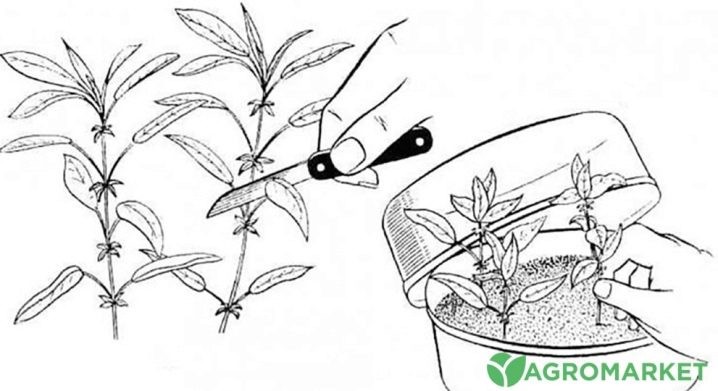
Lignified
They are harvested in late autumn when the plant is dormant. Gardeners divide the branches of the bush into cuttings about 15 cm long with 3 healthy buds, then collect them in bunches of 10 pieces and plant them almost completely in wet sand. So "blanks" at low temperatures are stored until spring, and then they are planted in the same way as green cuttings.
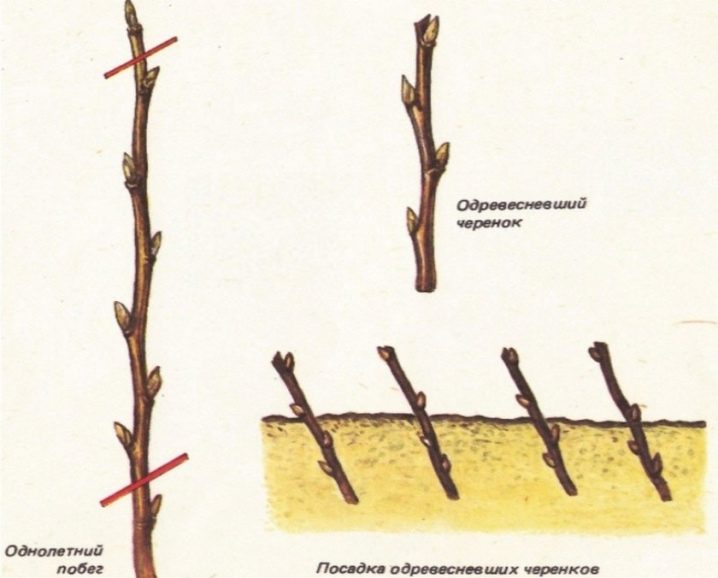
By dividing the bush
Old large bushes are divided into 2-3 parts and planted. When planting, it is necessary to remove dry spoiled shoots. This type of breeding takes place in the spring. The best time for this is early April or late March.

Root shoots
For this method, you need to carefully separate the shoots that have appeared at the base of the mother bush. Then leave them in a weak solution of potassium permanganate for half an hour and put them out on the street.
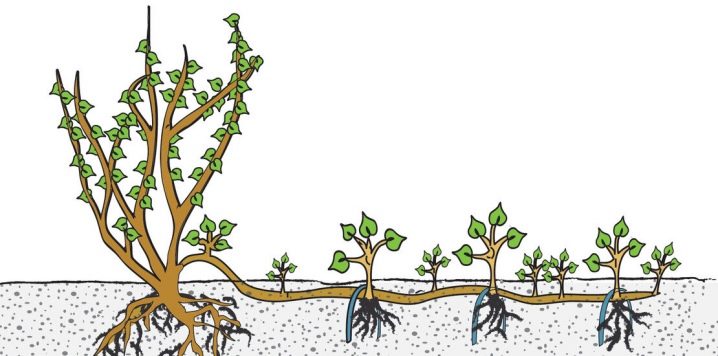
Seeds
The seeds of this shrub are formed by the middle of autumn, they are harvested, dried and stored until spring. Sowing seeds must be carried out in a warm room, using a kind of greenhouses with artificial heating. For the successful cultivation of action, fertile soil is needed, which should include humus, peat, sand. The seeds of this shrub cannot be buried deep in the ground, it will be enough to throw them to the surface and lightly sprinkle them with earth.
So that a crust does not form, summer residents sprinkle the seeds with fine river sand. In order for the first shoots to appear without problems, it is necessary to constantly moisten the ground. After sowing the seeds, they are covered with glass or foil. They sprout within 1-2 months.Sprouts with already matured leaves are transplanted into open ground.
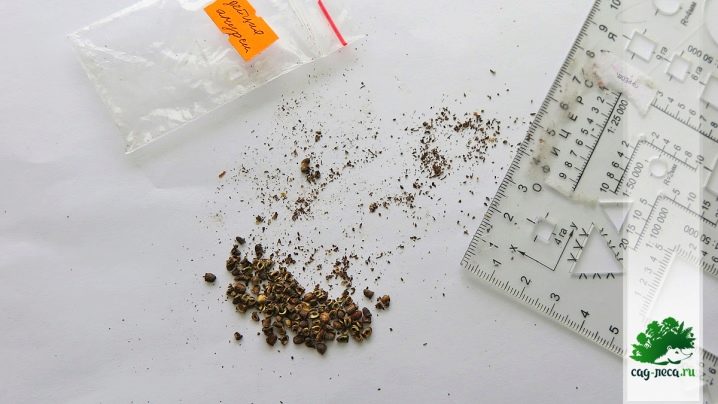
Application in landscape design
Gardeners have found many uses for this shrub. It is perfect for forming living curbs and fences, will be the perfect decoration for the central entrance, and will undoubtedly be the main pearl of the garden. Deytsia gets along well with other plants, so when decorating a plot, you can turn on your imagination and create a real floristic masterpiece from the most unusual and interesting plants. Such a graceful and at the same time delicate plant will add zest to any area.
Deytsia feels great in the city, as it is resistant to dust and gases, which makes its application even more extensive. It can be planted in city parks, alleys and just along the paths.
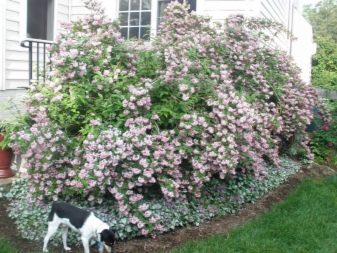
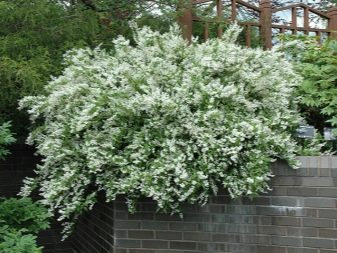

































































The comment was sent successfully.